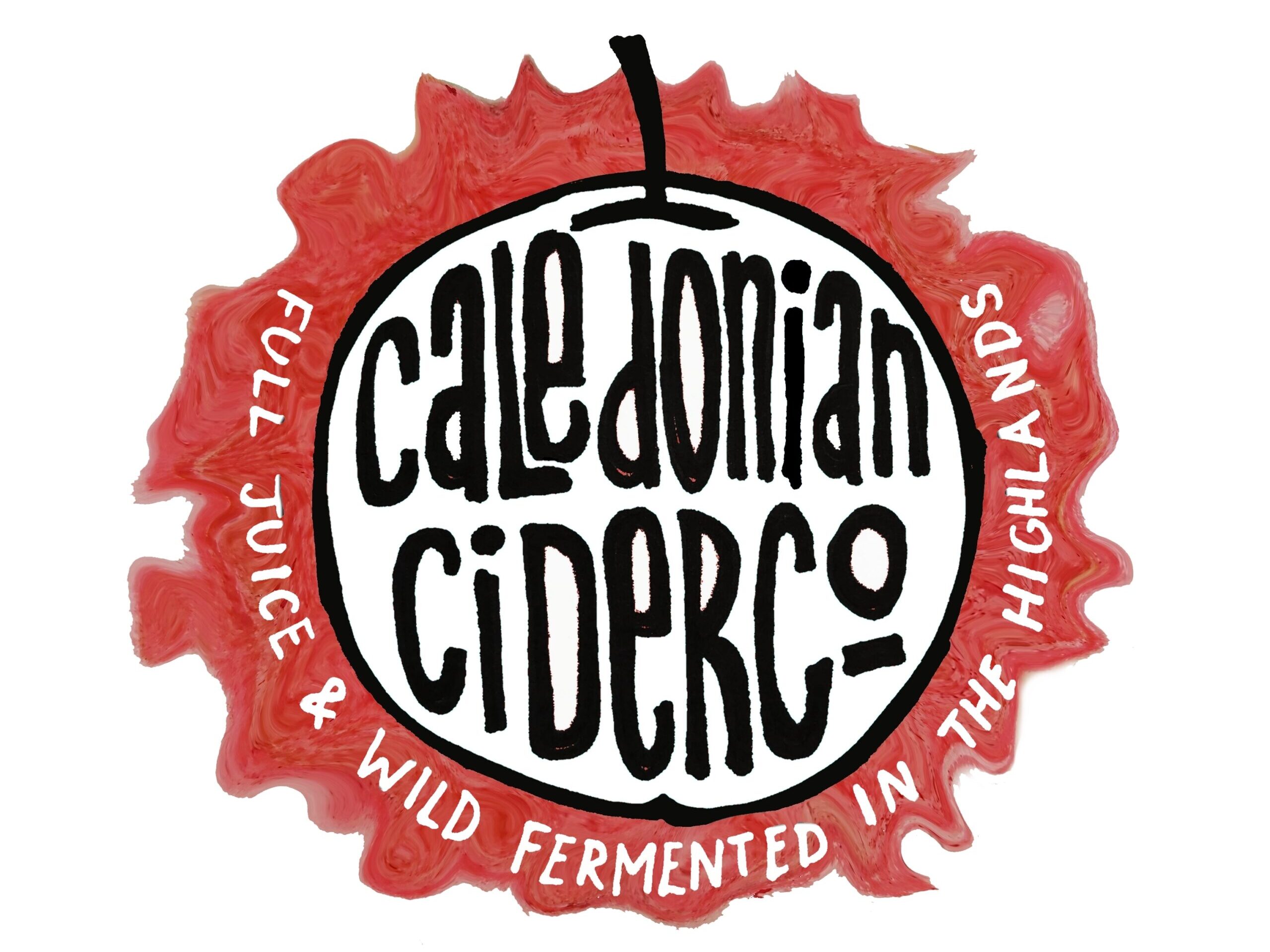How We Make Cider: The Harvest
 Ask any cider maker what their favourite season is and there’s a good chance they’ll answer with autumn. It’s certainly my favourite season by a country mile. Don’t get me wrong, I enjoy summer (especially when it’s as warm and sunny as 2018’s was), spring and of course winter isn’t without its charms but autumn is a very special time for cider makers, for with the autumn comes the apple harvest.
Ask any cider maker what their favourite season is and there’s a good chance they’ll answer with autumn. It’s certainly my favourite season by a country mile. Don’t get me wrong, I enjoy summer (especially when it’s as warm and sunny as 2018’s was), spring and of course winter isn’t without its charms but autumn is a very special time for cider makers, for with the autumn comes the apple harvest.
Cider makers tend (in most cases) to be more rurally based than their brewing counterparts with many being based in or around the orchards that supply their apples. Cider is a seasonal drink, it gets made just once a year during the apple harvest. As a result of this seasonality cider makers tend to pay great attention to the changing of the seasons, each brings its own set of jobs both out in the orchard and in the cidery (pruning, bottling, grass cutting etc.)
But autumn is when cider makers spend the most time out in the orchards surrounded by the (hopefully) fruit laden trees, endlessly attempting to estimate the crop, judge the ripeness of the apples, stress about timings and crawl about on all fours picking up the harvest.
There’s a crucial difference between the harvesting of apples grown for eating and those destined for a higher purpose, namely cider. Apples bound for the market shelves are carefully picked from the tree (often a week or two before they’re fully ripe, especially if they’re to be exported, in an attempt to extend that all important use by date). They’re placed gently into bins and shipped away for further scrutiny in a processing plant before going into cold storage. Meanwhile, the apples for our cider are generally allowed to fall to the orchard floor before being picked up and taken to the cidery. There’s a few reasons for this difference in approach to the harvest but basically a bruise here and maybe a bird peck there just don’t matter as much to the cider maker as they might to your casual apple muncher. Beyond the aesthetics though the cider makers interests lay beneath the surface of the apple, under the skin lies the flesh which contains all the sugars and flavours that are required to make a great cider. Ripeness is absolutely critical, we can’t stress that enough. Picking apples up off the floor can be hard on the back (not to mention the long suffering knees) but it ensures we’re definitely getting the apples at their ripest, they don’t fall off the trees if they’re not ready (strong winds aside) This hands and knees stage is also the first and arguably most important step in the cider making process, it’s here on the orchard floor that we decide which fruit goes in the mix and which doesn’t.
Often our apples are sweated/tumped (left in a pile) for a week or so prior to milling to allow more time to attain optimum  sugar and flavour levels and also to standardise the ripeness of the fruit (there’s always differences from one part of the orchard to the next or even between lower and higher branches on a single tree).
sugar and flavour levels and also to standardise the ripeness of the fruit (there’s always differences from one part of the orchard to the next or even between lower and higher branches on a single tree).
We test the apples in their tump pretty much on a daily basis. We’re looking for any signs of rot (Trying to spot that one bad apple before it starts spreading its influence!), we’re also having a good sniff making sure there’s no sharp acetic notes or anything else untoward wafting about in among the lovely and unique aromas of a load of apples ripening. In addition to sight and smell we also use a third sense, touch, picking a few apples up and giving them a squeeze, when they’re totally ready to go to the mill you should be able to push through the skin with a bit of pressure from your thumb.
Our apple season can be roughly divided in to two halves, early and late. The early apple varieties such as Discovery, Major, Morgan Sweet and Irish Peach start coming in early to mid-September. These varieties rarely keep as well as the later ones so we don’t tend to tump them, instead they just go straight into the mill once we’ve enough to start it up. The later varieties such as Dabinett, James Grieve, Yarlington Mill and Hereford Redstreak tend to start coming in late-October to mid-November. Generally we start pressing the late season fruit around the beginning of December (this year we started a whole month early due to the weirdly mild weather).
This winter we are hoping to do a special late harvest of two varieties, Black Dabinett and Northern Greening, these apples never seem keen to fall off the trees up here in the Highlands giving us the opportunity to wait until they are frozen on the branches. A day or two around minus 10oC should do the trick so we will probably be out picking them in January. We will press them while frozen extracting just the super concentrated sweet juice which we will then ferment into a small amount of ice cider.
Cheers,
Ryan.
